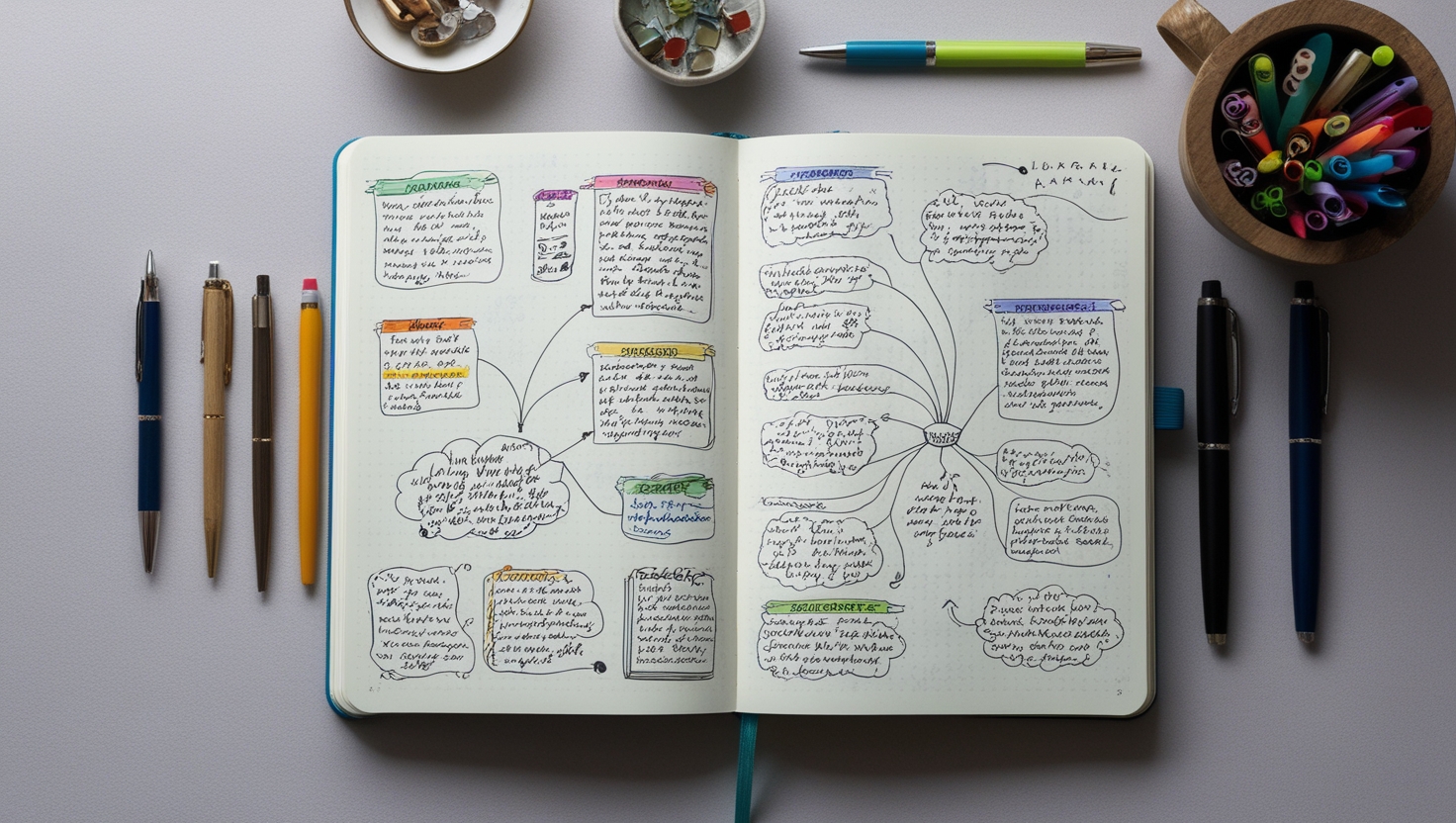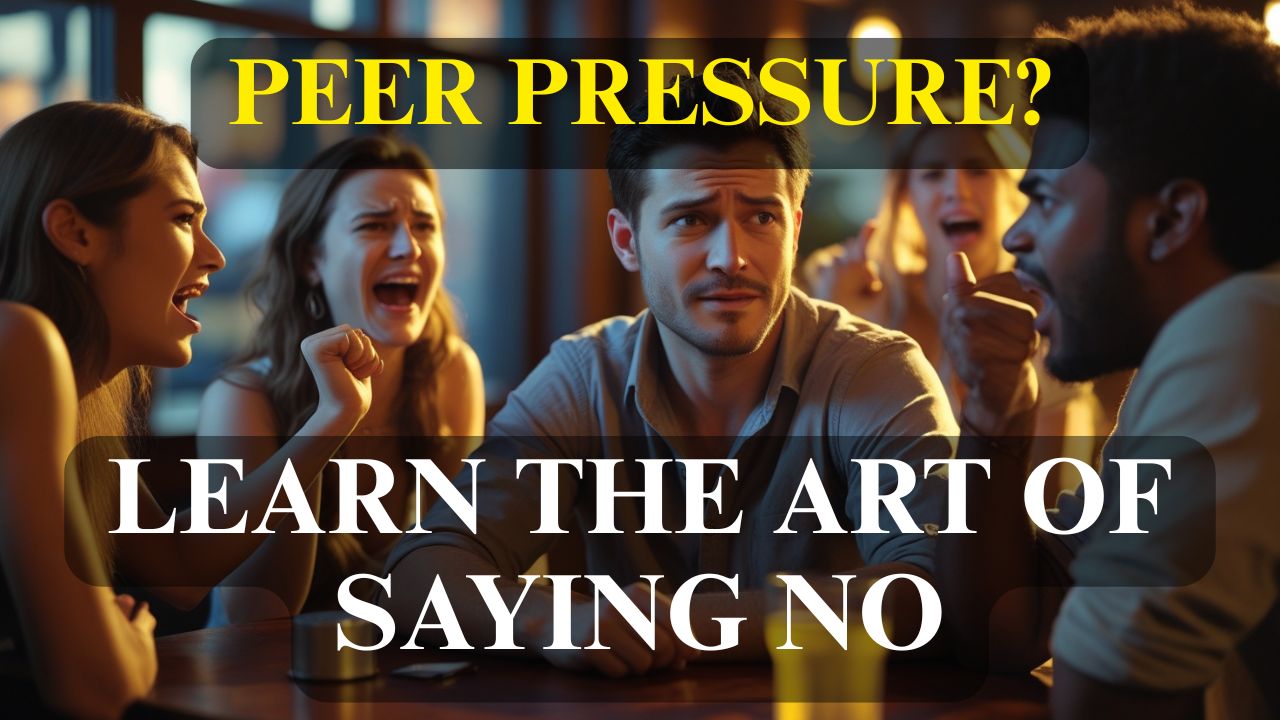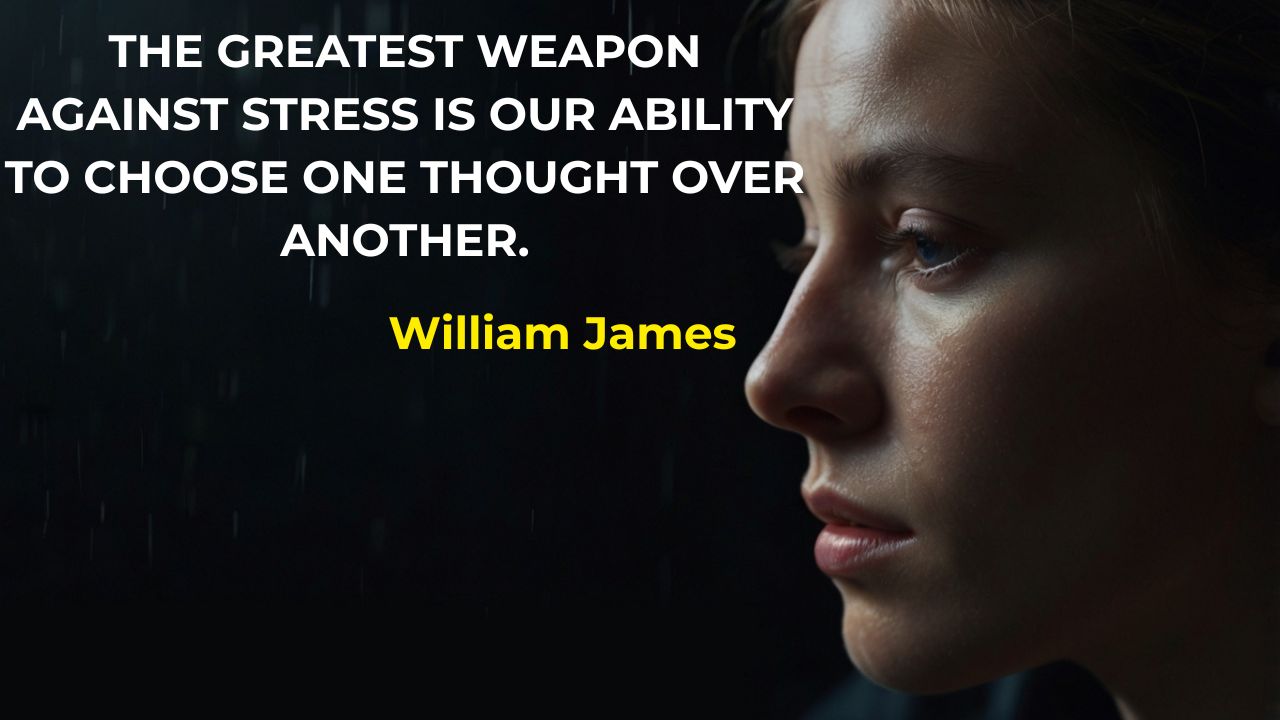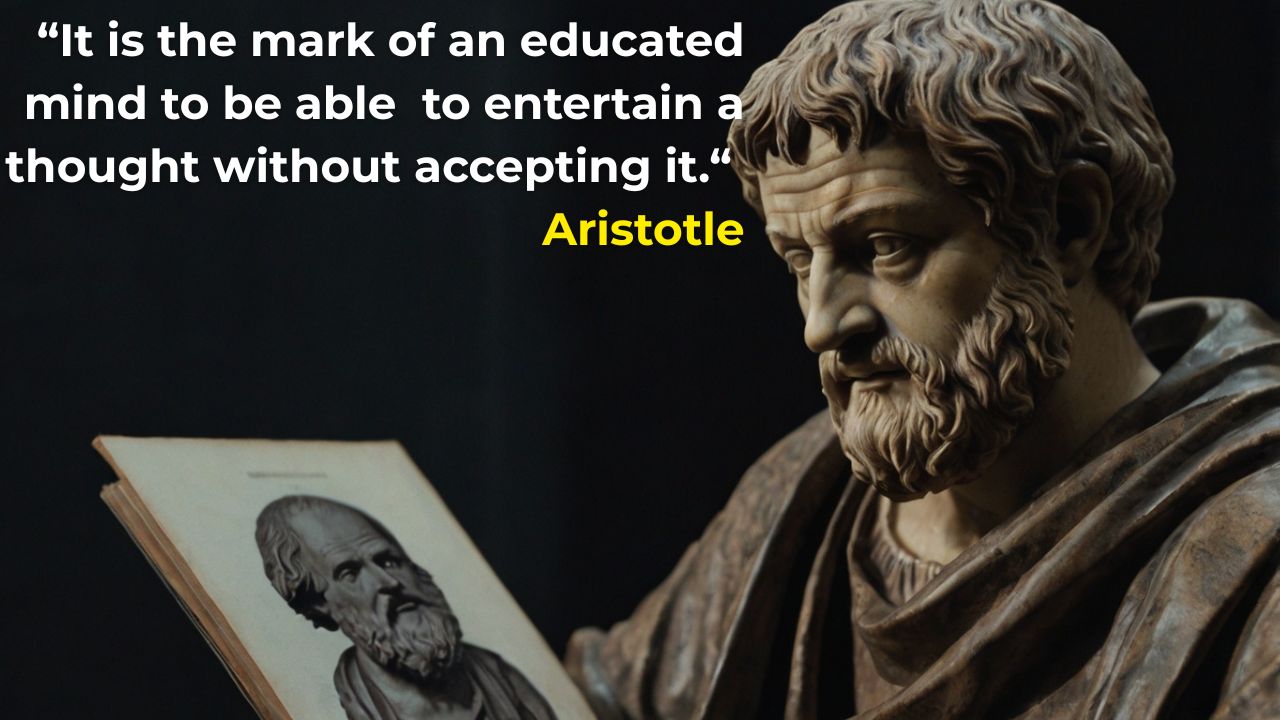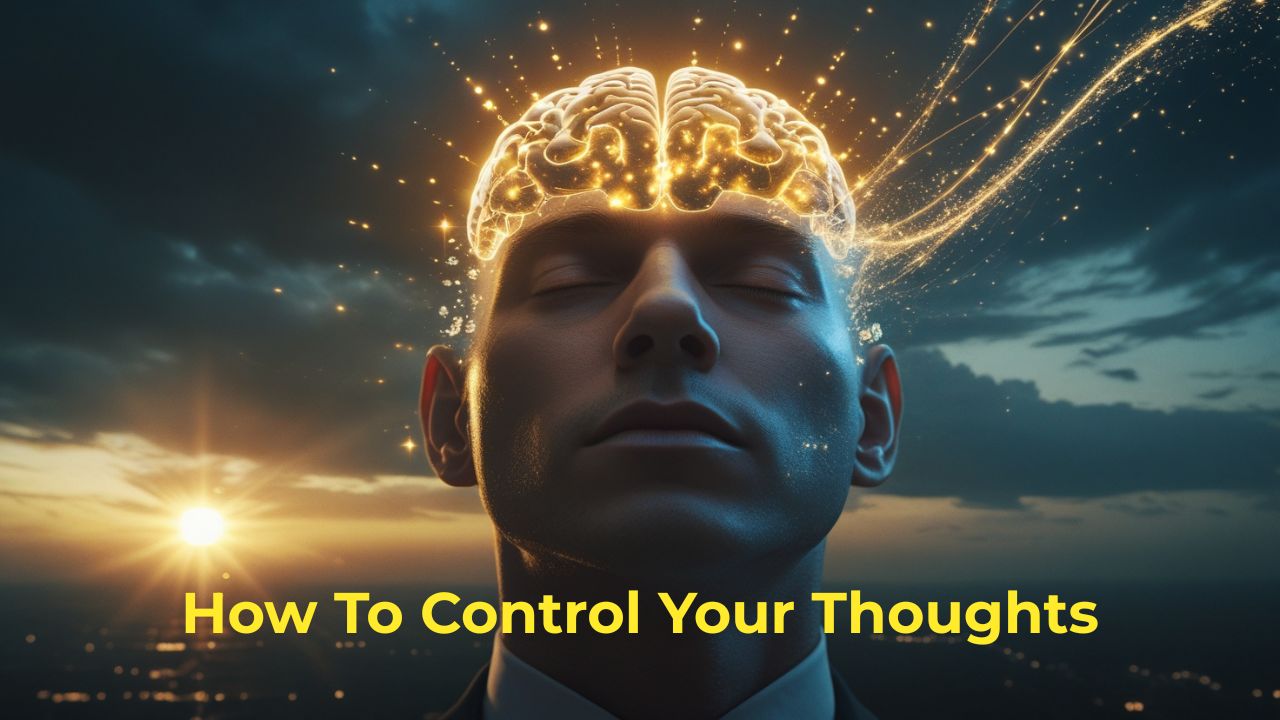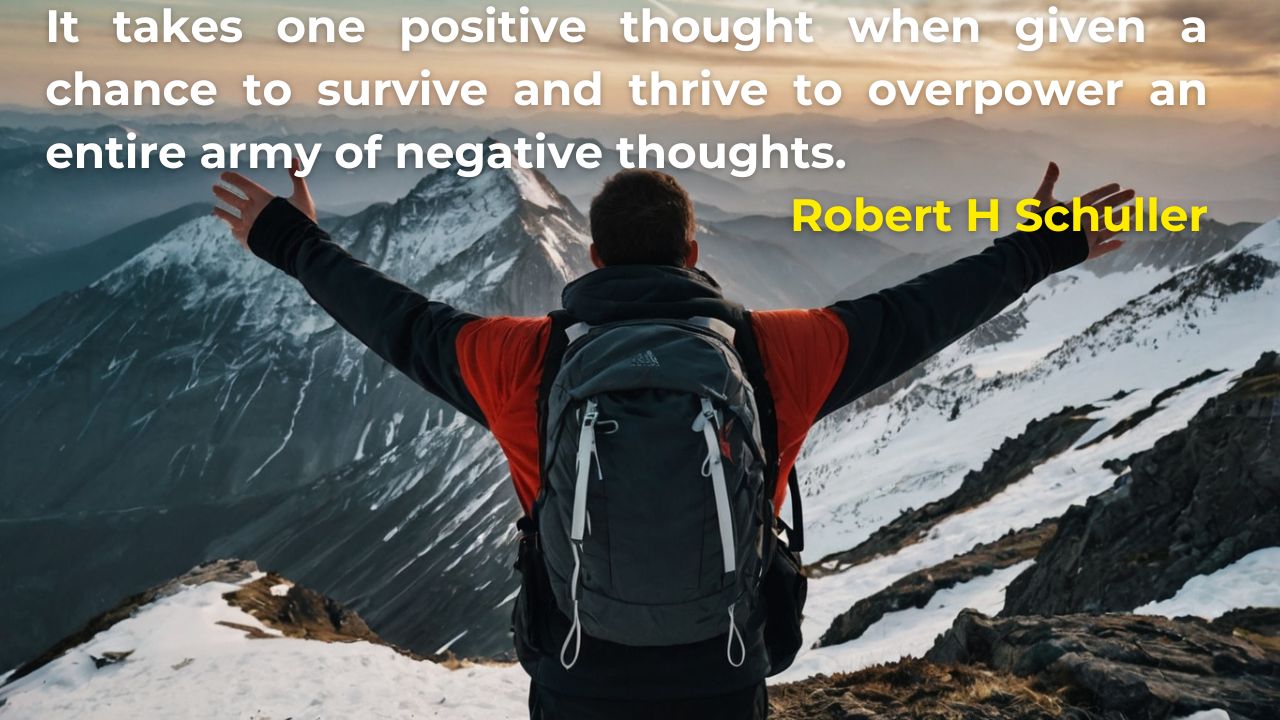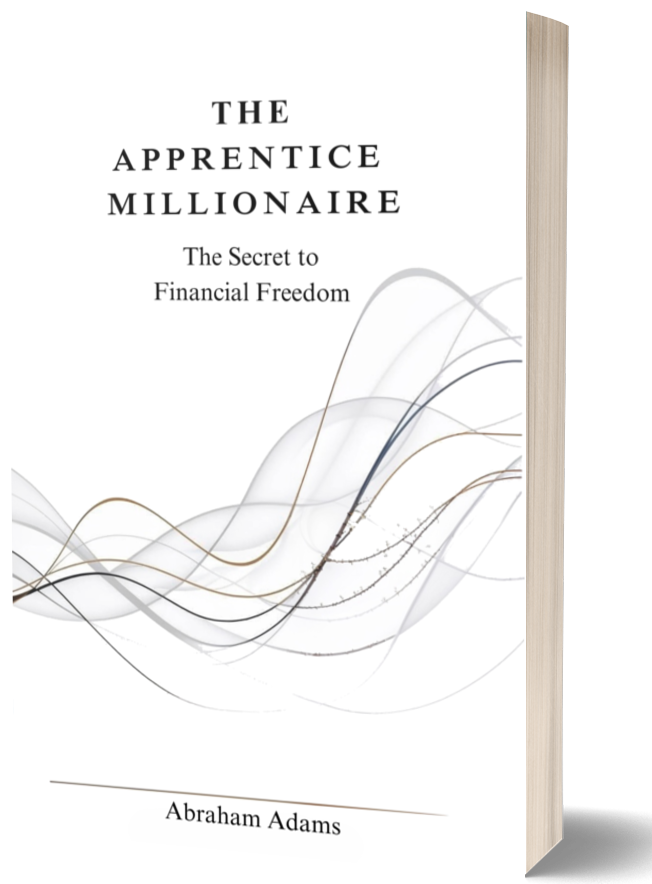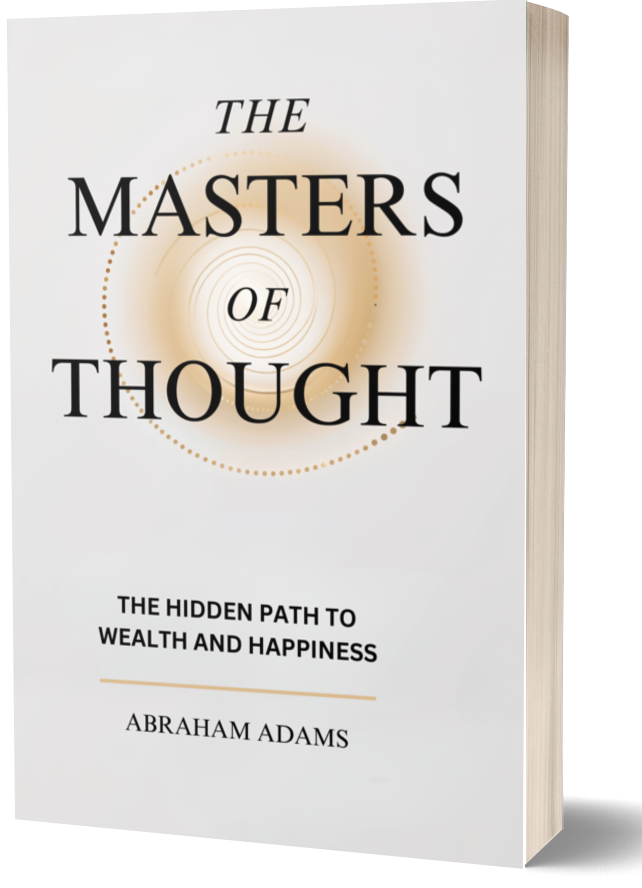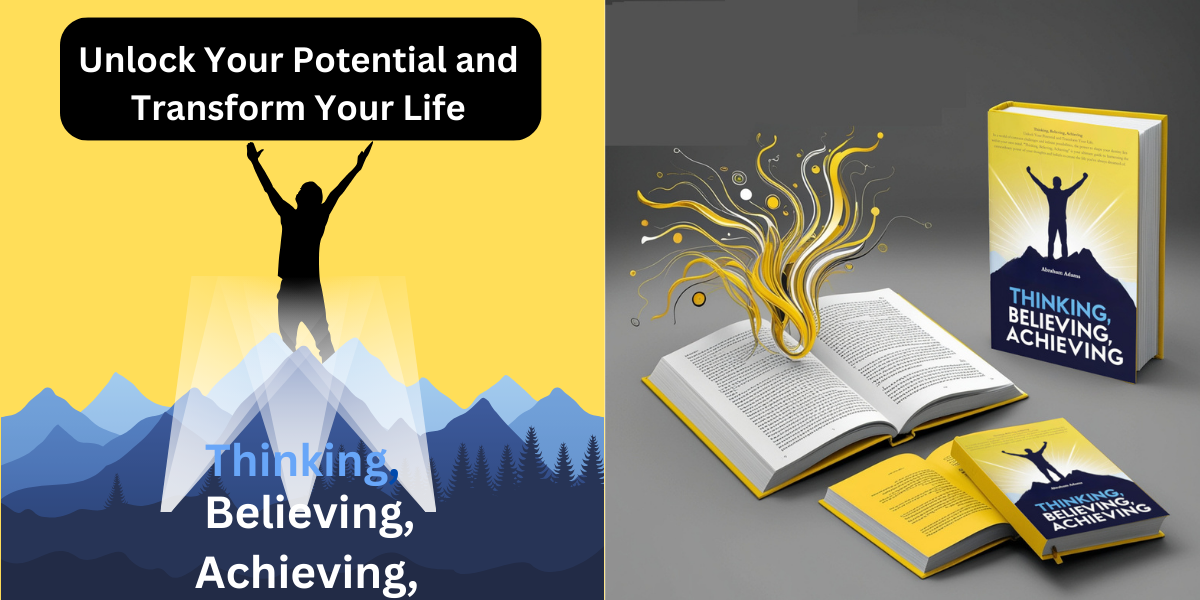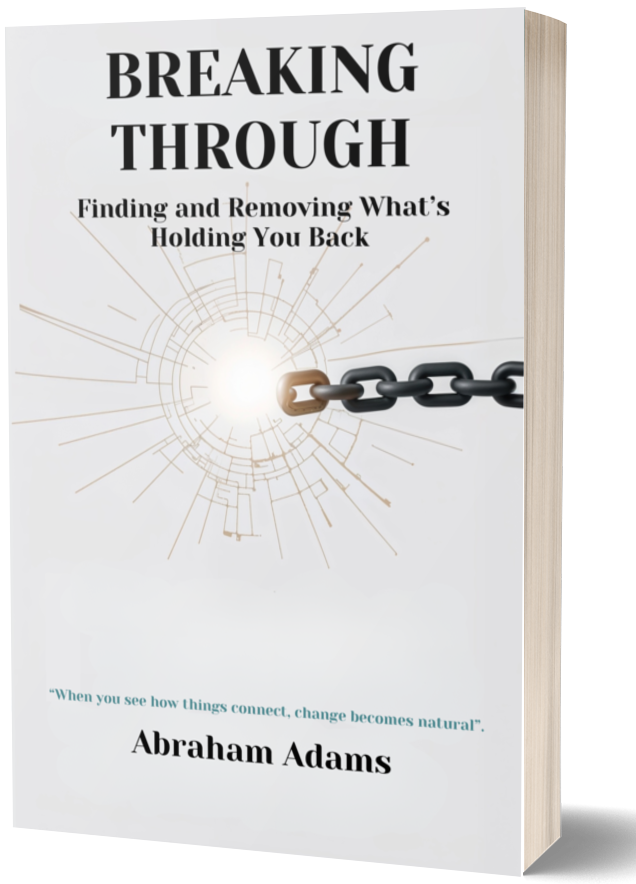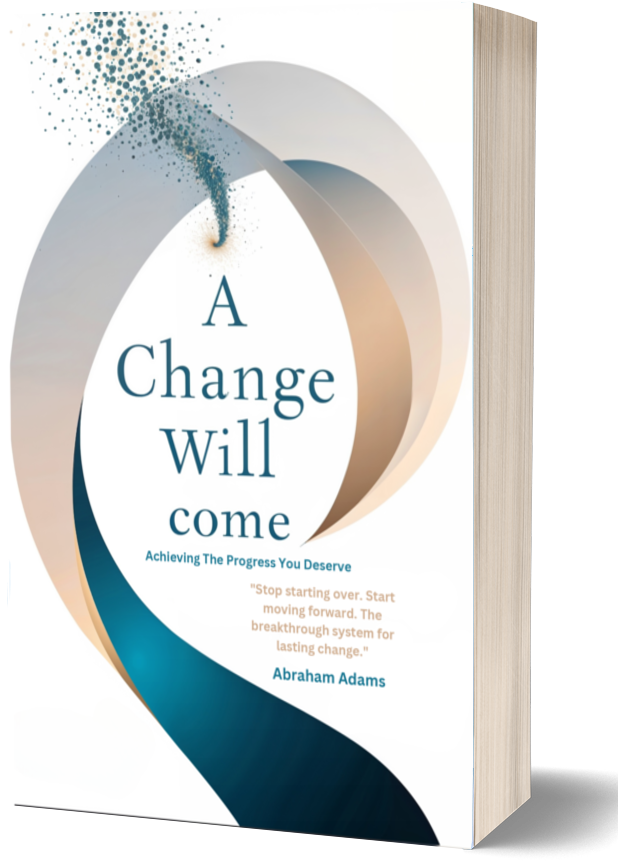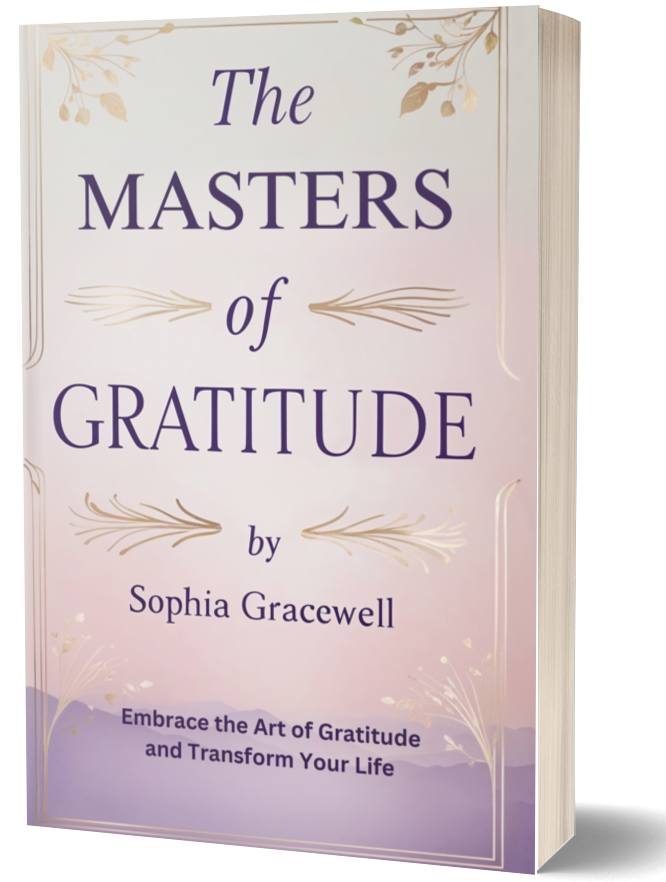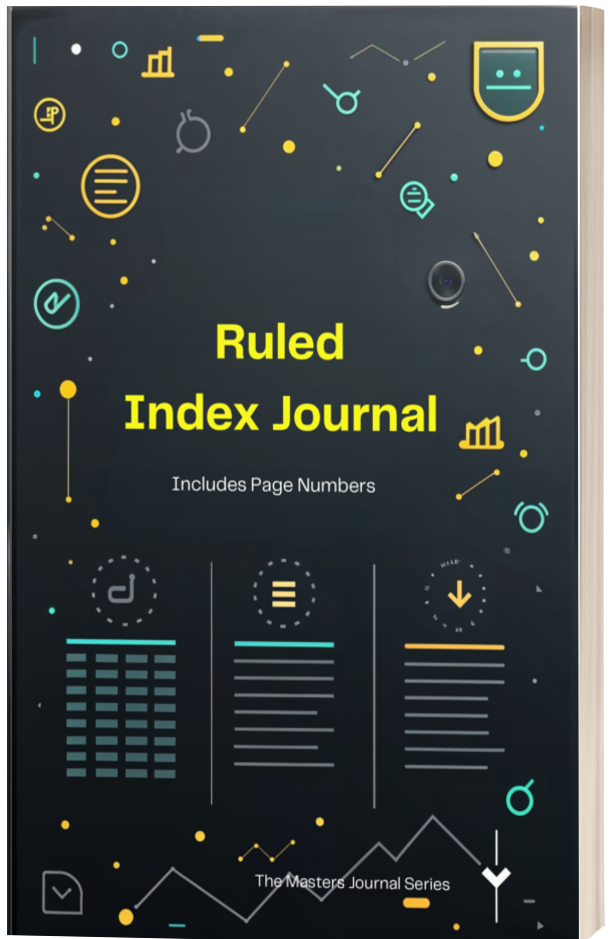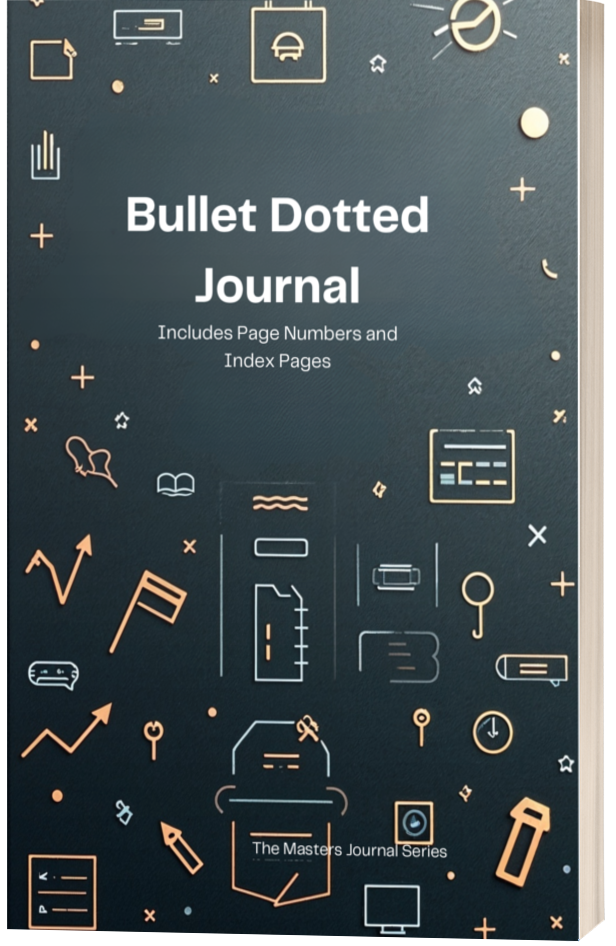The Connection Between Thoughts and Emotions
Our thoughts and emotions are inextricably linked, forming a dynamic relationship that influences how we perceive and interact with the world. Understanding this connection is essential for managing our mental and emotional well-being. By learning how thoughts shape emotions—and vice versa—we can take greater control of our internal experiences and foster a more balanced, fulfilling life.
---
How Thoughts Shape Emotions
1. **Perception Drives Feeling**
The way we interpret events determines our emotional responses. For example:
- Thought: “I’m going to fail this presentation.”
- Emotion: Anxiety or fear.
- Thought: “This presentation is a great opportunity to share my ideas.”
- Emotion: Excitement or confidence.
Our perceptions act as filters, framing experiences in ways that directly affect how we feel.
2. **Cognitive Distortions Amplify Negativity**
Negative thought patterns, such as catastrophizing or overgeneralizing, can exacerbate difficult emotions. For example:
- Distortion: “I always mess things up.”
- Result: Feelings of hopelessness or frustration.
Challenging and reframing these distortions can help reduce their emotional impact.
---
How Emotions Influence Thoughts
1. **Emotions Color Perception**
Our emotional state affects how we interpret situations. For example:
- When feeling sad, neutral events may seem more negative.
- When feeling happy, challenges may appear less daunting.
This emotional lens can either enhance or skew our perspective, depending on the situation.
2. **Mood-Dependent Memory**
Emotions also influence the types of memories we access. For instance:
- Positive emotions often trigger happy memories, reinforcing an optimistic mindset.
- Negative emotions can bring up past difficulties, deepening feelings of sadness or frustration.
---
The Feedback Loop Between Thoughts and Emotions
Thoughts and emotions create a feedback loop that can either uplift or spiral downward. For example:
1. Negative thought: “I’ll never succeed.”
2. Emotion: Defeat or despair.
3. Reinforced thought: “Why even bother trying?”
Conversely:
1. Positive thought: “This challenge will help me grow.”
2. Emotion: Motivation or optimism.
3. Reinforced thought: “I can handle this.”
Breaking negative loops and cultivating positive cycles is key to emotional and mental well-being.
---
Strategies to Strengthen the Connection
1. **Practice Mindfulness**
Mindfulness helps you observe your thoughts and emotions without judgment. By recognizing patterns, you can respond intentionally rather than react impulsively.
- Try: Daily mindfulness meditation or deep-breathing exercises.
2. **Reframe Negative Thoughts**
Challenge self-defeating thoughts by asking questions like:
- “Is this thought based on facts or assumptions?”
- “What’s a more constructive way to view this situation?”
3. **Emotional Awareness**
Identify and label your emotions to better understand their origin and influence on your thoughts.
- Example: “I feel frustrated because I’m worried about missing a deadline.”
4. **Gratitude Journaling**
Focusing on what you’re grateful for shifts your thoughts toward positivity, which in turn enhances your emotional state.
5. **Seek Professional Support**
If negative thought-emotion cycles persist, working with a therapist can provide tools and strategies to break the pattern.
---
Why This Connection Matters
Understanding the link between thoughts and emotions empowers you to:
- Cultivate emotional resilience.
- Make better decisions based on balanced thinking.
- Enhance relationships through improved communication and empathy.
- Build a healthier mindset for personal and professional growth.
---
Conclusion
The connection between thoughts and emotions is a powerful force that shapes our experiences and well-being. By becoming aware of this relationship and practicing strategies to manage it, we can foster a more positive and resilient outlook on life. Remember, small shifts in thinking can lead to profound changes in how we feel—and ultimately, how we live.
- Audio Articles
- Audio Articles 1
- Audio Articles 2
- Audio Articles 3
- Audio Articles 4
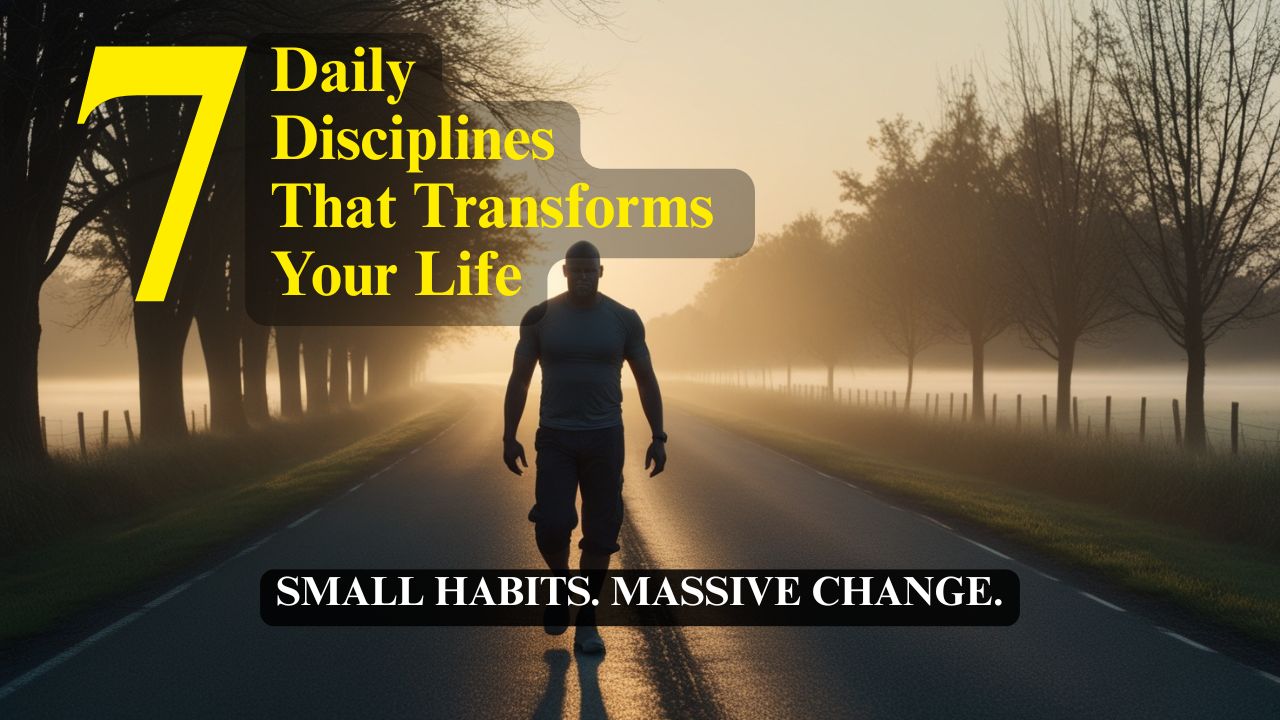
7 Daily Disciplines That Transform Your Life
The power to act with intention, to align your actions with your values, and to move steadily toward a life of purpose—even on days you don't feel like it.
Read Full Article
How to Build Unbreakable Discipline
Discipline is built—habit by habit, choice by choice, day by day. And the most powerful kind? The kind that doesn’t crack under pressure. The kind that becomes part of who you are.
Read Full Article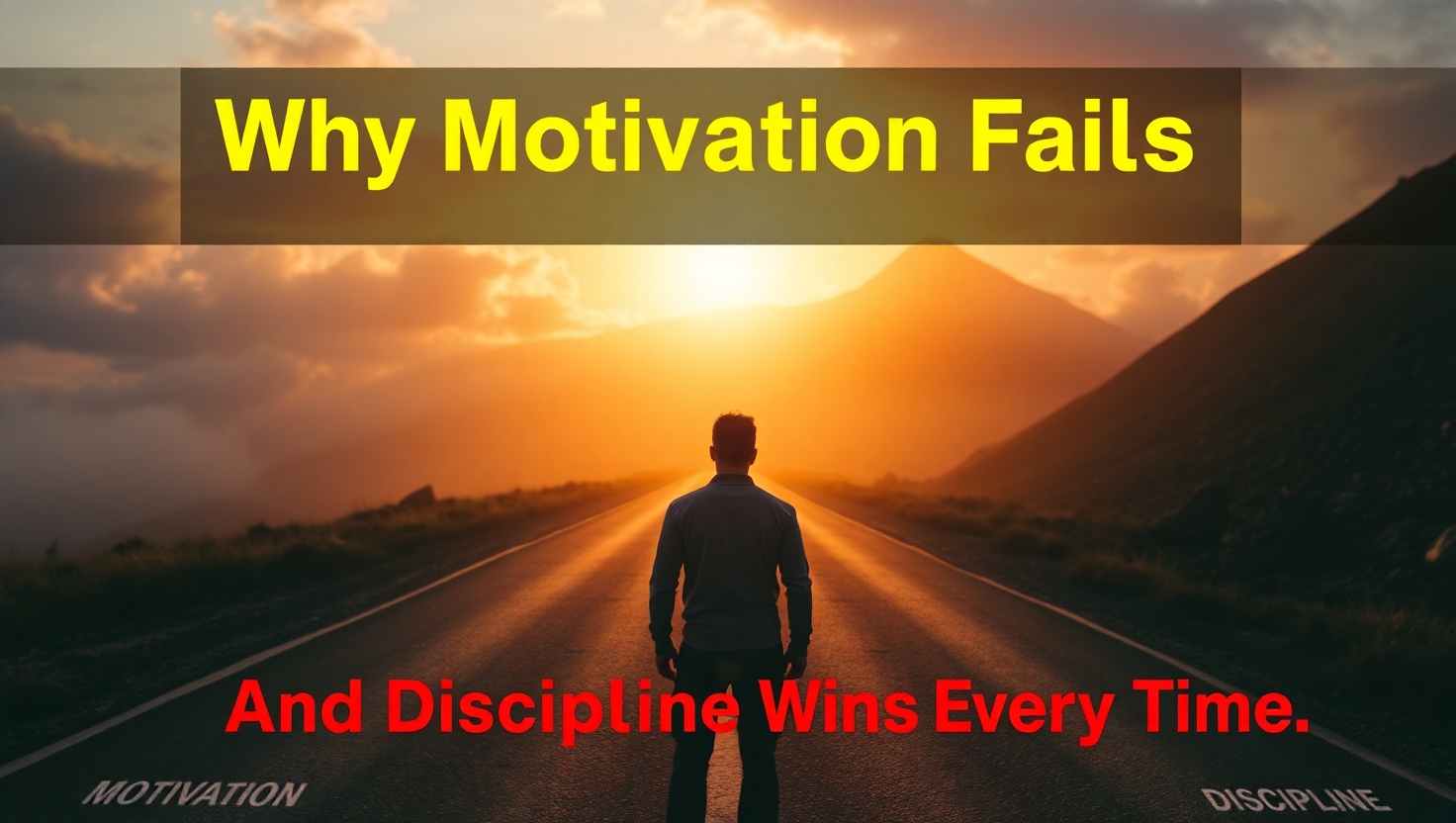
Why Motivation Fails And Discipline Wins Every Time
We all love the feeling of motivation—that surge of energy, that rush of inspiration that makes everything seem possible. But here’s the problem: motivation is unreliable. It’s emotional. It comes and goes. And if your goals rely on you “feeling like it,” you’re already in trouble.
Read Full Article
Discipline Over Desire
Desire is loud. It burns bright, talks fast, and loves to dream. But desire alone doesn't achieve much. Every person has desires. Very few have the discipline to bring them to life.
Read Full Article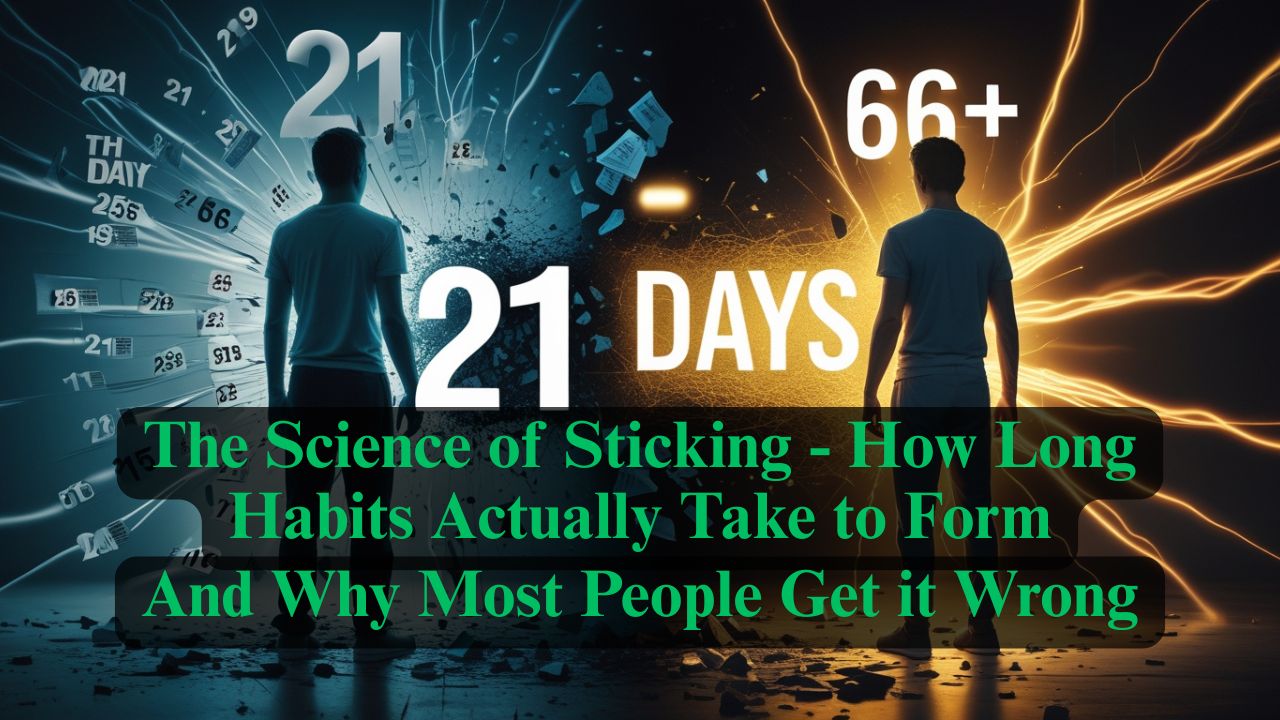
The Science of Sticking
If you've ever tried to build a new habit, you've probably heard that it takes 21 days. This number gets thrown around so often that it feels like scientific fact.
Read Full Article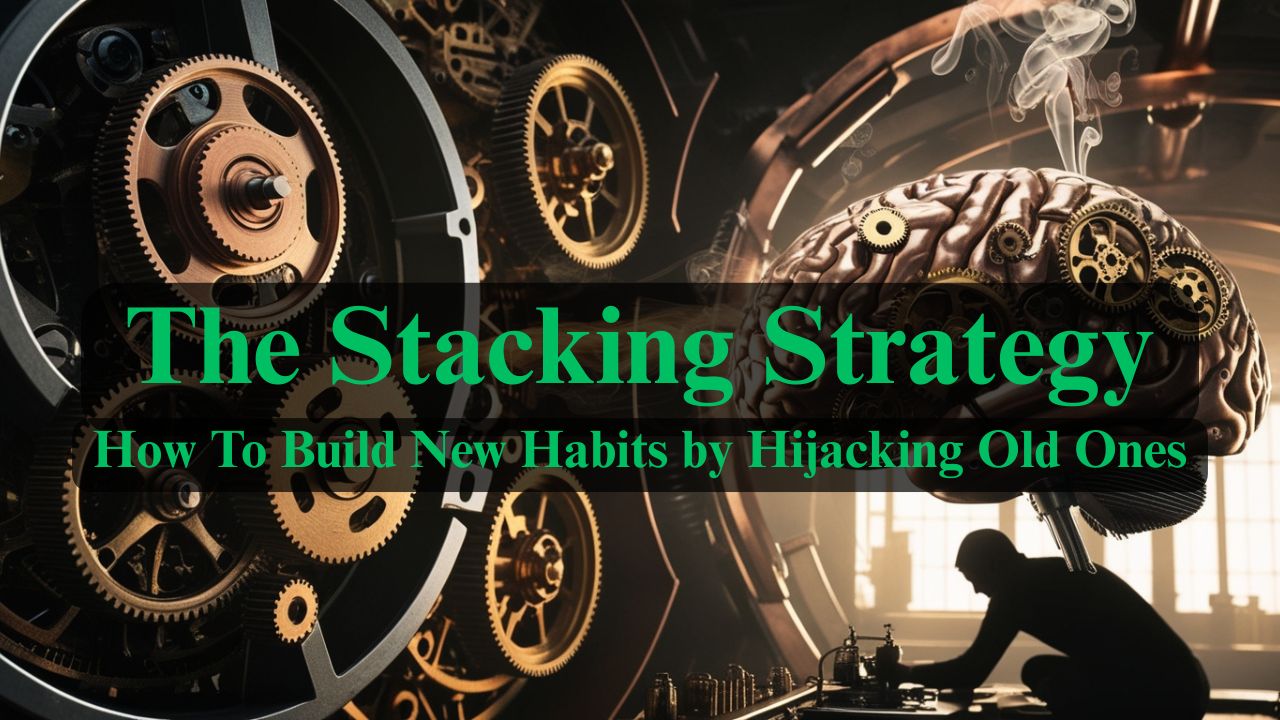
The Stacking Strategy
What if I told you that the habits you already have—even the ones you consider "bad"—could become the secret weapons for building the habits you want?
Read Full Article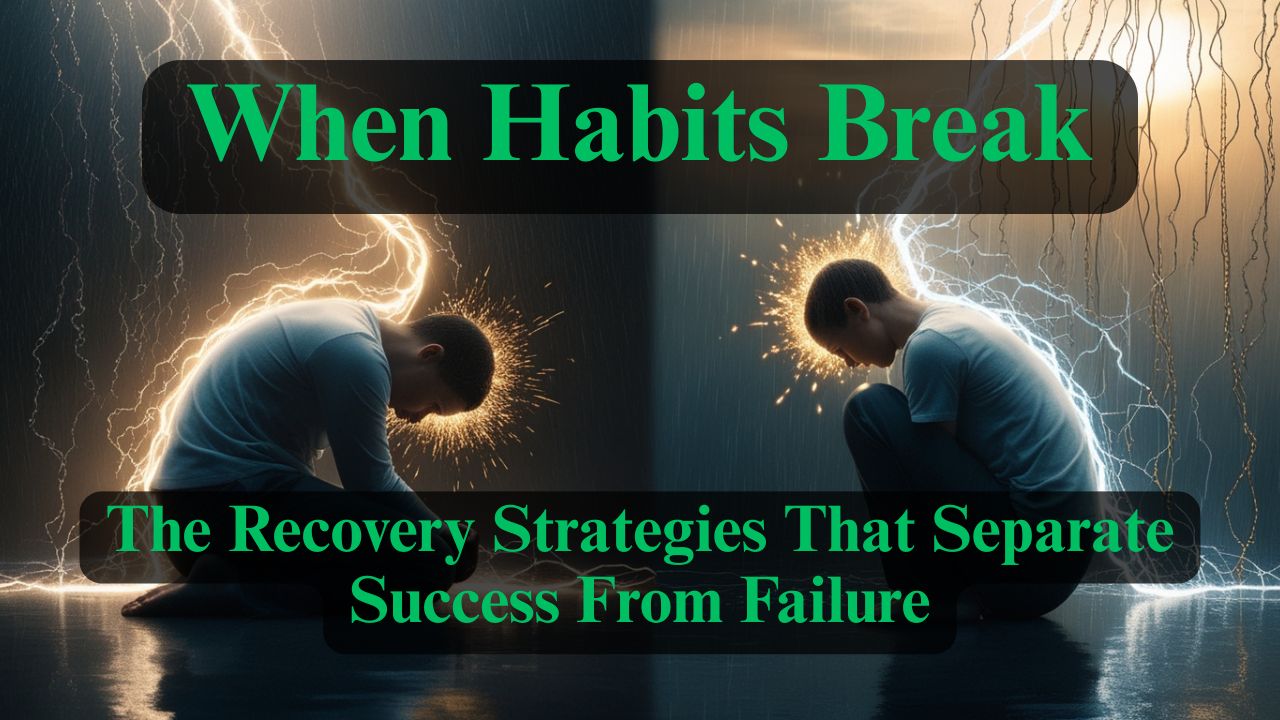
When Habits Fail - The Recovery Strategies That Separate Success From Failure
Here's what nobody tells you about building habits: you will fail. You'll miss days. You'll fall off track. You'll have weeks where everything falls apart.
Read Full Article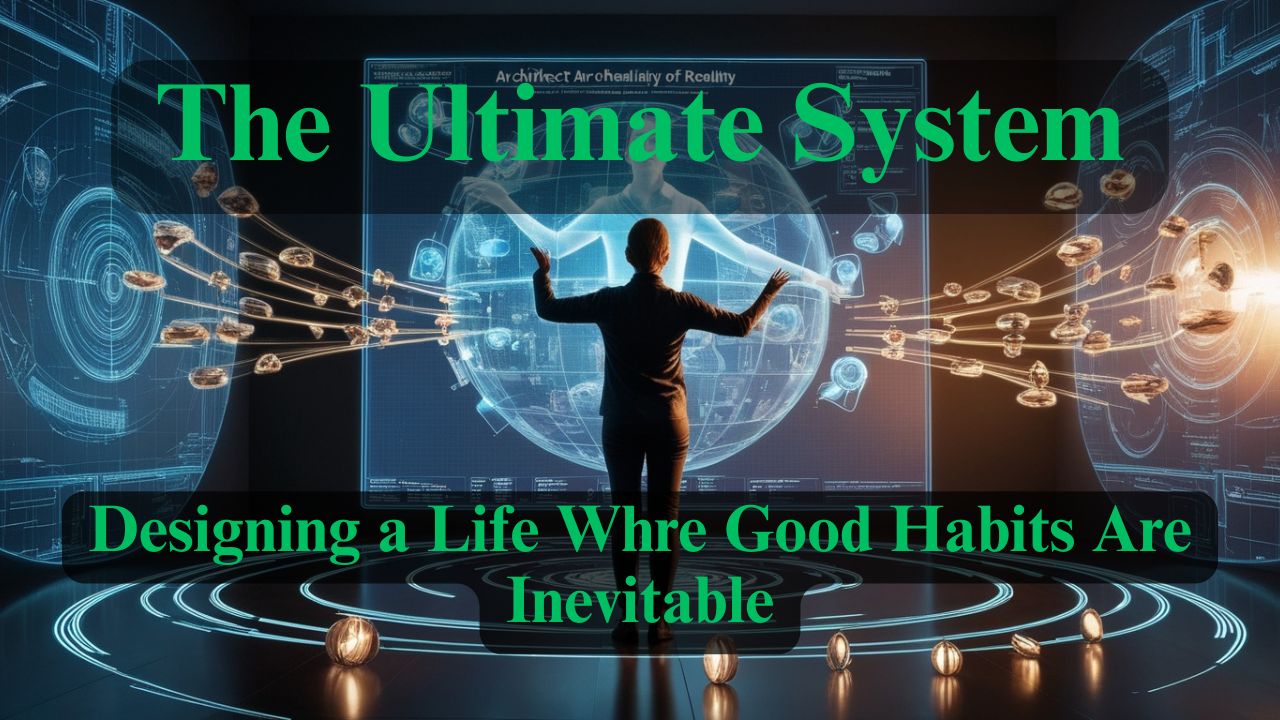
The Ultimate System - Designing a Life Where Good Habits Are Inevitable
You've learned to recognize habits, understand their formation timeline, stack them strategically, and recover from setbacks.
Read Full Article
